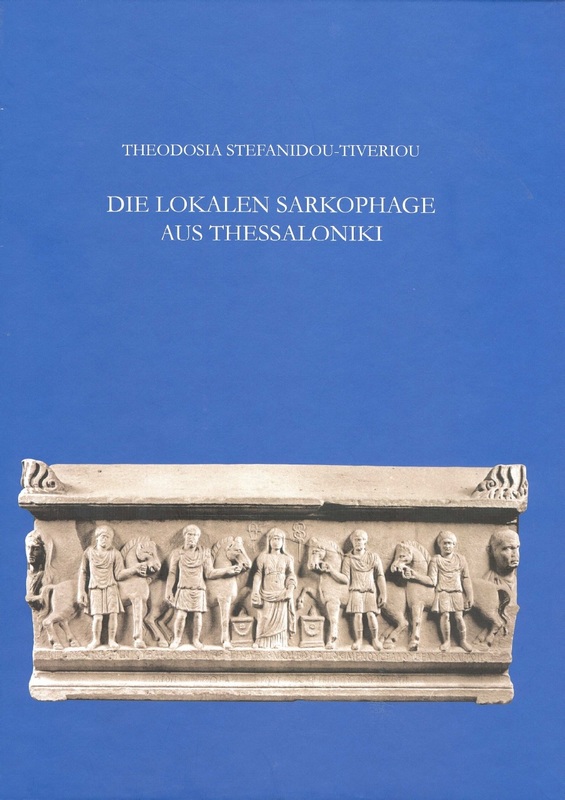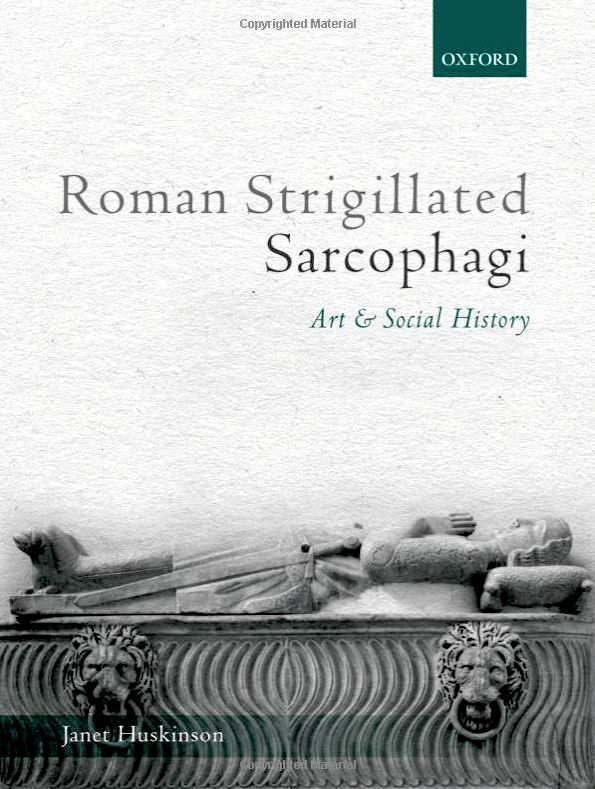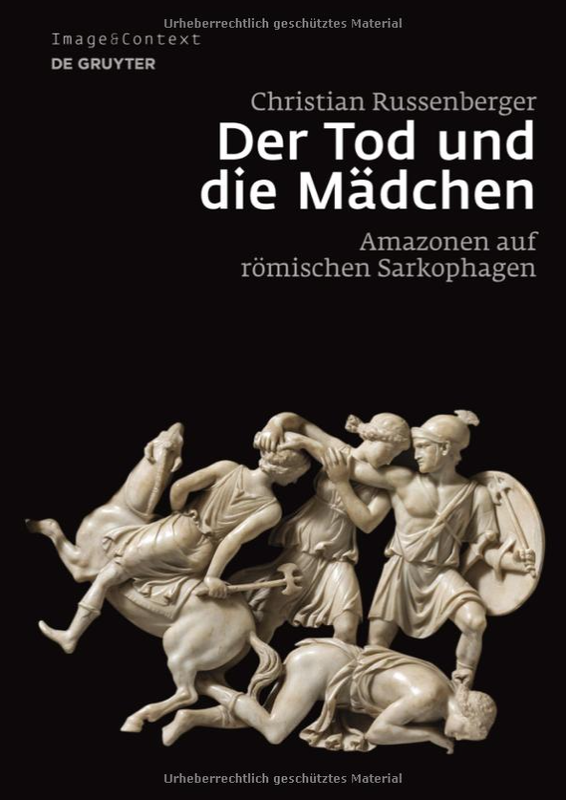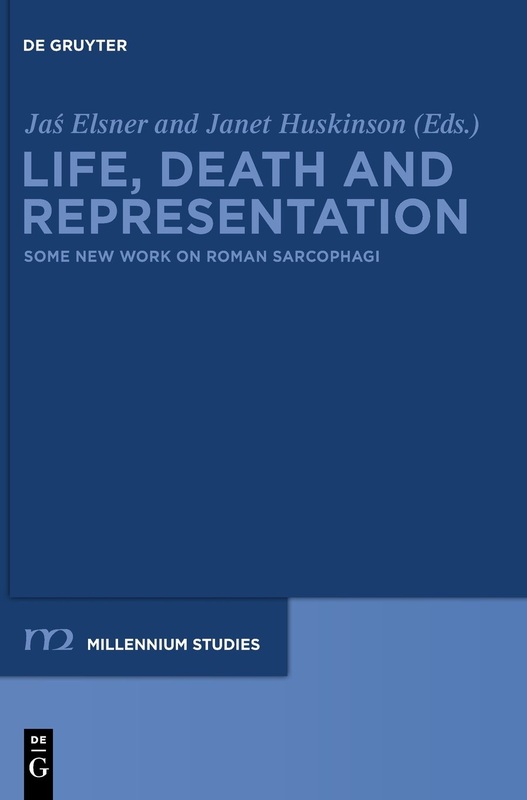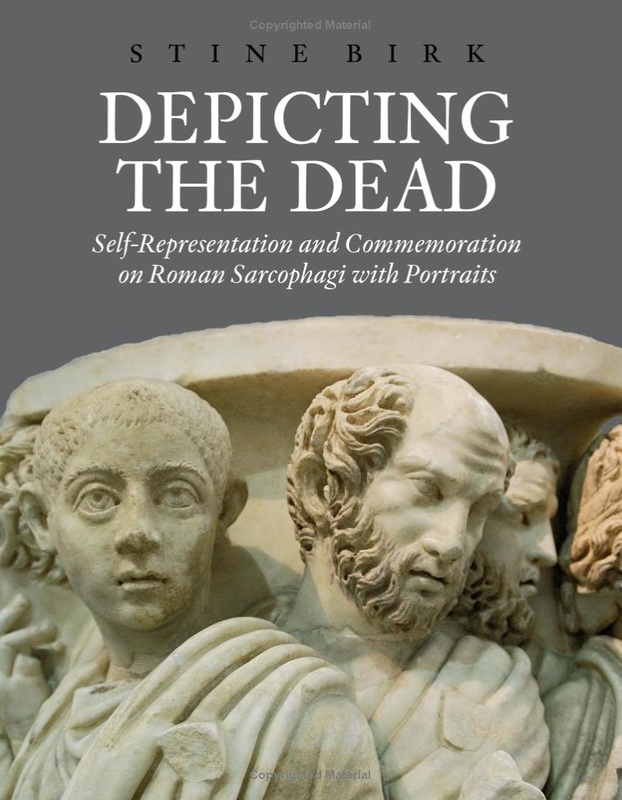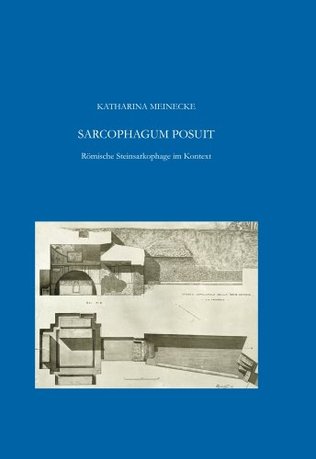To my knowledge, the last 23 years have seen only four (!) American dissertations devoted to Roman sarcophagi. The good news is that all four were filed within the last five years, reflecting surging interest among English-speaking scholars in a field traditionally dominated by German scholarship.
Of these four dissertations, three focus on Asian sarcophagi, taking advantage of the wealth of material unearthed at Roman Aphrodisias. The first, by Esen Öğüş, explores the socio-cultural significance of columnar sarcophagi within both their local Aphrodisian context and broader patterns of burial in Asia Minor. The full reference: Esen Öğüş, Columnar Sarcophagi from Aphrodisias: Construction of Elite Identity in the Greek East, Harvard University, 2010. Abstract (courtesy of the author): This thesis explores the social and cultural meaning of a specific group of marble sarcophagi from Aphrodisias in Caria. The columnar sarcophagi, a corpus of 212 fully preserved or fragmentary pieces, are decorated on chests with projecting columns forming aediculae for the display of standing human figures in relief. Funerary inscriptions inform us that the majority of the Aphrodisian sarcophagi date to the third century A.D. and did not belong to the traditional city elite known from honorary inscriptions in the first two centuries A.D., but to a class of artisans and tradesmen who were newly granted citizenship by Caracalla’s Edict in A.D. 212. Part I of the thesis, drawing evidence from epigraphic analysis, situates the columnar sarcophagi within their archaeological context, and clarifies aspects of sarcophagus use in the city of Aphrodisias. Part II classifies and presents the extant corpus in three groups by highlighting the significance of each. Part III interprets the material within both the local cultural context and the widespread burial culture of Asia Minor. The iconography of the columnar sarcophagi, featuring human figures that exhibit paideia, reflects two sets of influences on the local culture: the ideals of the Second Sophistic; and the honorific habit that commemorated the good deeds of wealthy elite citizens. The overall appearance of a sarcophagus chest resembles a public building with a columnar façade and honorific statues embedded in it. Therefore, by commissioning columnar sarcophagi, the sub-elite patrons owned a personal model of a public building with their small-scale portrait statues on its façade. Since the ownership of a public statue was a privilege that the people of this status never had the chance to enjoy in life, they adapted conventions of private funerary art to avail themselves of a similar privilege in death. Exploring the social meaning of other local groups of sarcophagi in Asia Minor reveals that new citizens elsewhere developed their own local iconography in the third century that centered on their self-presentation and aspirations to elite status.
- Jaś Elsner, "Introduction".
|
Roman
|
